I opened the link you posted and understand your doubt. I'm guessing what you're referring to is this sentence: "Propagating intents is useful to create an entry message for a flow's start page (transition target flow's route has a fulfillment)."
I have two considerations:
- If your goal is simply to create an entry dialogue for a page, or flow, ignore this passage in the documentation and just use the entry dialog option on a page as shown below. Note that only pages which are not Start can have an entry dialog: if you'd like to add an entry dialog to a flow just create a new page in that flow, add routing from the Start page to your new page with the custom expression "true" as shown here
 and then add the dialog:
and then add the dialog:
- On the other hand if you're interested in intent propagation it simply states that whenever you match an intent, that is forgotten at the next step in the conversation, because another intent or condition will be matched. The only exception is if you mean to route the conversation to other flows or pages: until you reach the final "destination", the intent just matched will be remembered in the intermediate jumps and can be used in conditions for example. So say that if intent I_Want_Chocolate is matched in page Book_table of flow Restaurant_Reservation, you want the conversation to move to another flow, Vending_Machine: if the start page of flow Vending_Machine has a condition based on intents, your I_Want_Chocolate will be remembered even if the user started in another flow/another page: in this way you can for example create multiple pages and have Vending_Machine route to pages ChocolateOrder, CandyOrder, WaterOrder without asking the user again what it is they want.
Hope this cleared it up!

